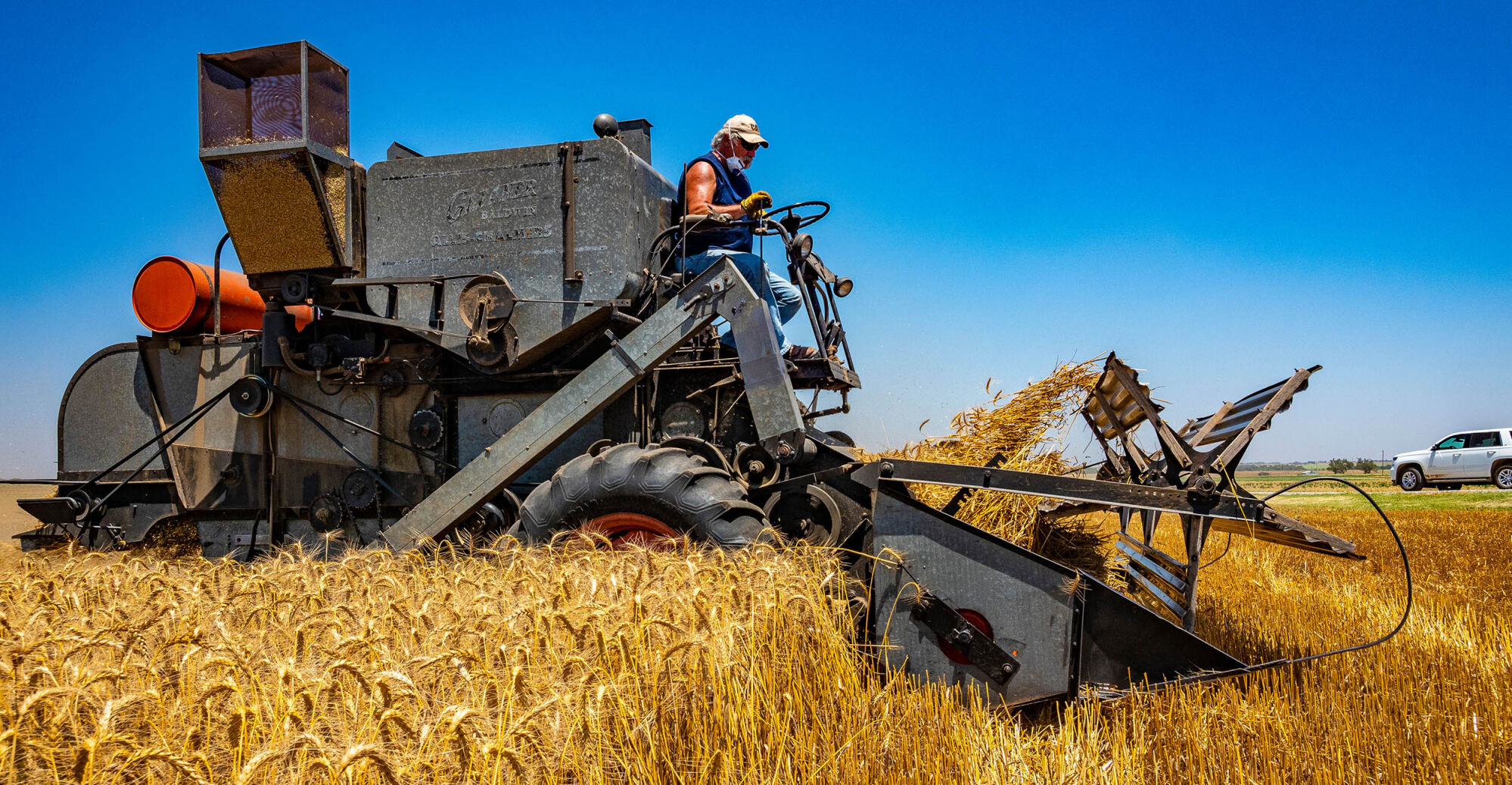One of the youngest crops in a series of Oklahoma State University’s long-term wheat fertility trials recently reached its 50th harvest.
In 1965, researcher Billy Tucker started establishing long-term wheat fertility studies throughout Oklahoma, beginning with two trials in Altus.
The rest is history.
“When he did this, fertility trials were being done across the United States, but they were never maintained,” said Brian Arnall, researcher and endowed professor in the OSU Department of Plant and Soil Sciences. “We have been truly blessed at OSU to have a continuity of researchers and administrators who understand the importance of the trials. It takes a lot of commitment and labor, and OSU Ag Research understands the importance these locations have for Research and Extension.”
Fertility trial 502 in Lahoma is the trial that recently turned 50 years.
“New science is developed on a regular basis, leading to new understandings of crop response to nutrients,” Arnall said. “The trials were critical in the development and implementation of the GreenSeeker sensor technology.”
GreenSeeker is a nationally used tool developed by OSU Ag Research scientists that tells producers how much fertilizer they need to use on their crops by detecting how much nitrogen exists in the soil. Soil nitrogen varies from season to season due to climate variability.
OSU still manages nine active sites for the trials out of the original 19, with dozens of research publications stemming from the research and data and new reports published annually. The Magruder plots trial, the first of the OSU fertility studies, was established much earlier than the rest of the plots. It was established by A.C. Magruder in 1892 and is one of the oldest long-term fertility studies in the world. It has also been established as a historic landmark.

